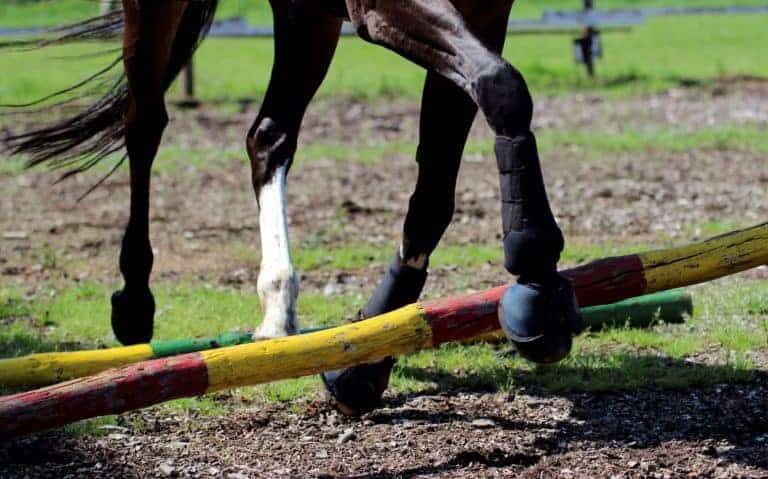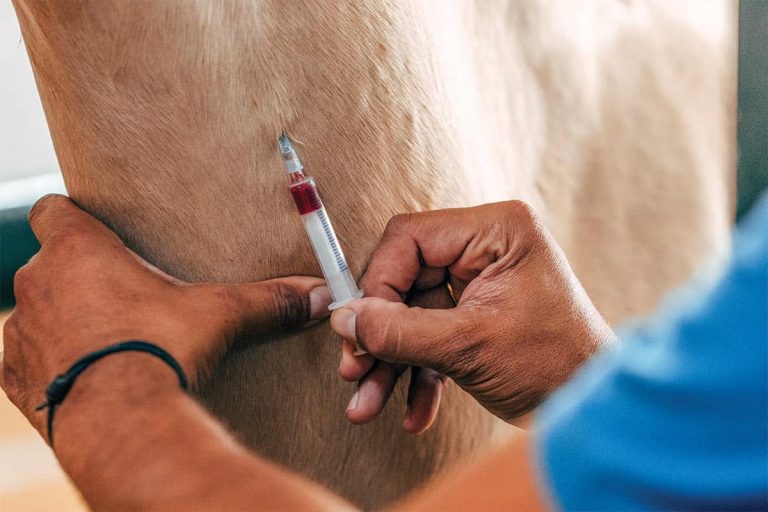Ohio State Laminitis Researcher Receives $82,000 Grant
The new study, “Effect of Digital Hypothermia on Inflammatory Injury in Laminitis,” is a two-year project funded by the National Thoroughbred Racing Association Charities’ Barbaro Memorial Fund, established in memory of the 2006 Kentucky Derby winner
















